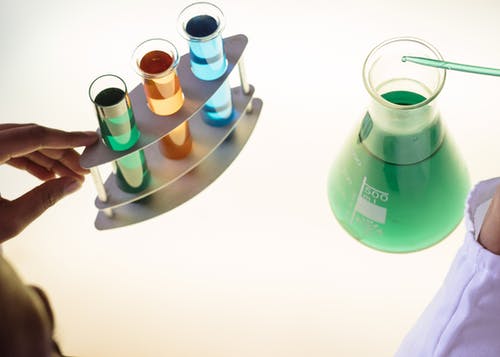Millions of microorganisms reside in your vaginal environment. This is referred to as a ‘vaginal microbiome,’ and it can provide a great deal of information about your feminine health. Vaginal microbiomes are extremely dynamic, with changes in bacterial balance occurring because of a variety of factors such as menstruation, menopause, sex, and other factors. When the microbiome changes too much, illnesses like bacterial vaginosis (BV) can develop, as well as an increased risk of catching sexually transmitted infections (STIs) and other feminine health concerns.
What Is the Vaginal Microbiome and How Does It Really Work?
The vaginal microbiome is a phrase used to refer to all the bacteria that may be discovered in the vaginal area. These bacteria defend you and your vagina against pathogens, which may otherwise cause illnesses or infections if the bacteria were not present in your body.There has been little study into how the vaginal microbiome impacts the body, but we do know that an imbalance in the microbiome, known as ‘vaginal dysbiosis,’ can result in common feminine health disorders such as vaginal yeast infection (BV). However, it has been shown that 50% of women do not suffer any symptoms because of this condition, which can result in fishy-smelling discharge that is frequently white in colour, which is almost always a sign when to get a vaginal infection test.

What Types of Bacteria Can Be Found in the Vaginal Area?When compared to the gut microbiome, which contains a diverse range of bacteria that perform a variety of roles, the vaginal microbiome is predominated by a kind of bacterium known as Lactobacillus. Lactobacilli are responsible for the production of lactic acid, which protects the vaginal mucosa from infections. Lactic acid is produced when pathogens or anaerobic bacteria invade the vaginal mucosa, and this acid prevents the bacteria from multiplying and creating an infection. Candida (a genus of yeasts, the most common of which being Candida albicans, which may cause thrush); Escherichia coli (commonly known as E. coli); Gardnerella vaginalis; and Autopodium Varina are among the pathogens and bacteria that can cause thrush. The lactic acid helps to keep the pH of the vaginal fluid at a low level, which is beneficial. pH of a healthy vaginal pH is normally between 4.5 and 5.5. Your stomach acid, on the other hand, has a pH of around 2 on the scale.

The Factors Contributing to an Unbalanced Vaginal Microbiome- The delicate balance of bacteria in the vaginal microbiome is extremely fragile and may be quickly upset by external factors. The following is one of the reasons: When it comes to antibiotics, while they are effective at killing unwanted bacteria in the body, they may also be harmful to healthy bacteria, such as lactobacilli. As a result, your immune system’s ability to fight infection is diminished. Unfortunately, because BV therapy will contain antibiotics, it is possible to develop a yeast infection because of the medication.





